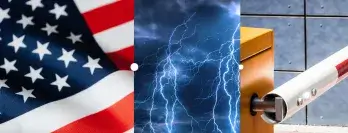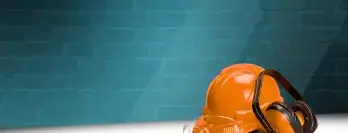
Article
8/1/2025
Unlocking the hidden benefits of the customs function
Often, customs is seen as a small step in supply chains – just a couple of declarations and a tax payment. However, there are many improvements to efficiency, finances, and logistical performance hidden inside this crucial function.

Article
11/4/2022
Facing the Complexity of Goods Classification
Goods classification, together with the country of origin and customs value, is used by the customs authority to determine the number of import duties or other levies that need to be paid. Customs Authorities may find you are using the wrong HS Code when they check one of your shipments. When you are AEO Certified, the Customs Authority periodically audits your company. During these audits, they also check the quality of your product classifications.

















